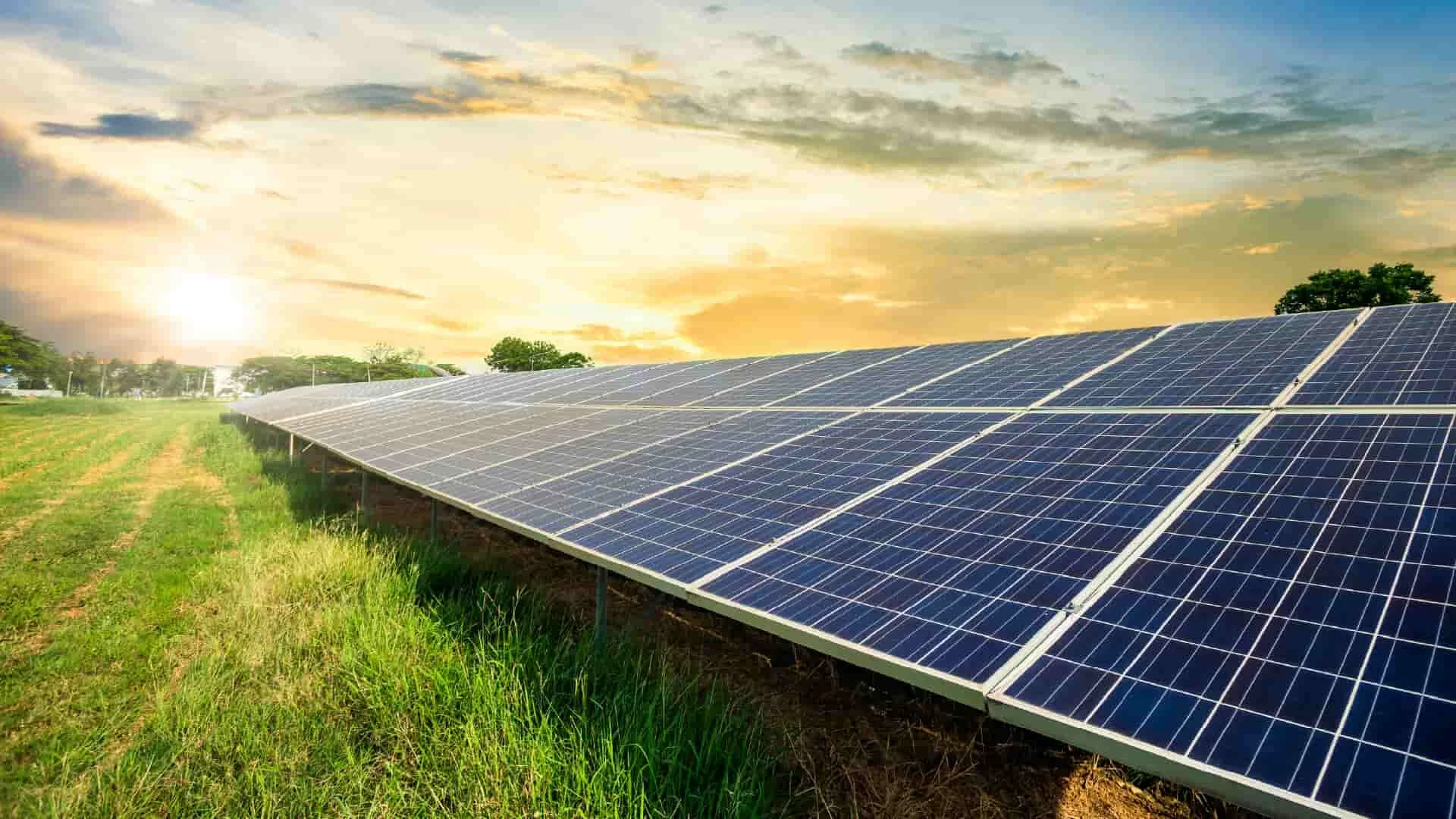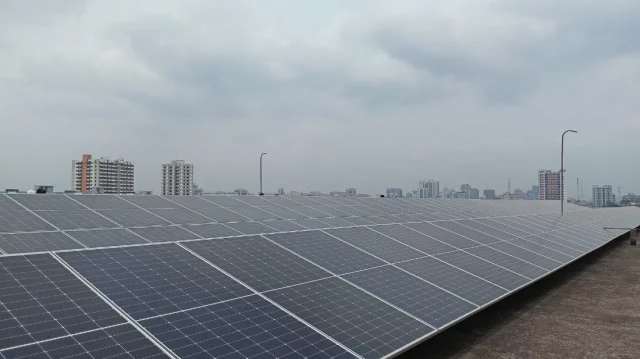



Use Cases:

Cloud Cover Predictions: Solar energy producers can use high-resolution forecasts to anticipate cloudy conditions and adjust short-term energy production estimates,contributing to better coordination with the grid and reduced reliance on fossil backups.

Grid Balancing: Real-time weather and solar irradiance forecasting helps utilities balance power inflow, reducing stress on infrastructure. This approach helped Eversource Energy prevent 40,000 customer outages by using predictive analytics to forecast grid vulnerabilities before storms.

Solar Power Optimization: Forecasting solar irradiance enables better planning for distributed generation. This has helped reduce overestimation of green energy output and avoid curtailments. Additionally, AI-aided collaboration between meteorologists and grid engineers at Summit supported smarter scheduling of hydro and solar together.

Storm Preparedness & Recovery: By using AI-driven weather predictions, utilities like Eversource were able to reduce storm restoration time by 12 hours and significantly cut down on customer-minutes of interruption, offering a model for Bangladesh to build localized storm-response playbooks.
